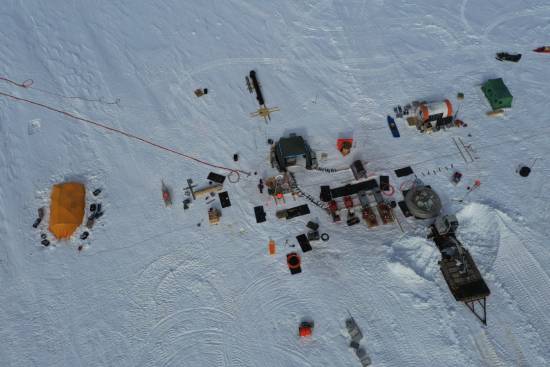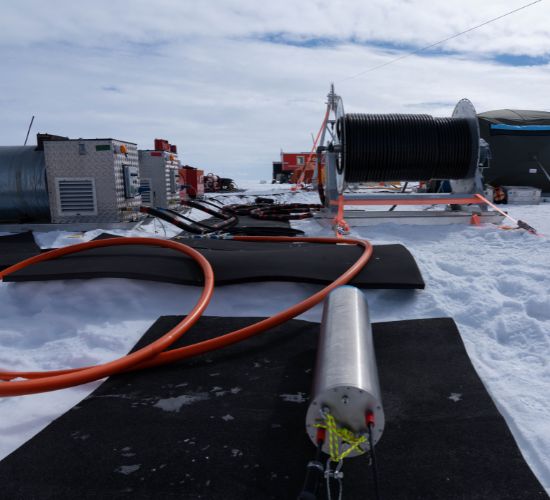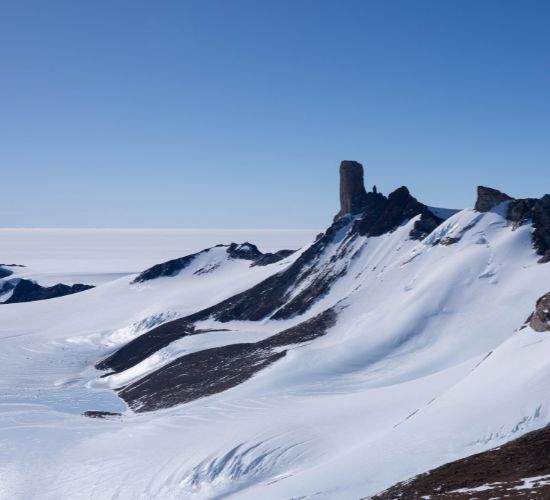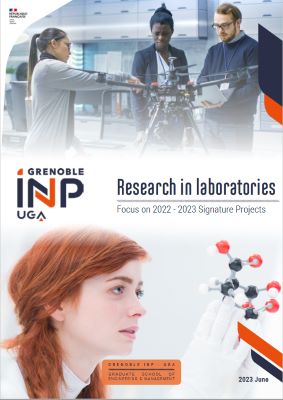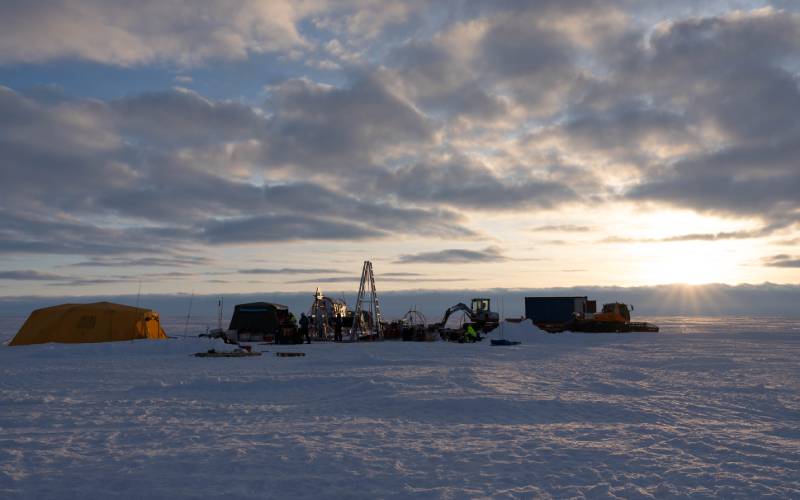
A graduate of Grenoble INP - Phelma (Energy and Nuclear Engineering), Julien Witwicky is currently a PhD student at the Institute of Environmental Geosciences (IGE) and has always been interested in environmental issues. After spending a year wintering at the Concordia base in Antarctica, he now studies the polar regions. Axel Wohleber holds a Master’s degree in Photonics and Semiconductors from Grenoble INP - Phelma and recently completed a thesis in the laboratory. He helped design SWIS, an innovative instrument capable of withstanding the extreme conditions of Antarctic ice. “SWIS is a unique tool”, explains Axel Wohleber. “It allows us to measure the isotopic signature of meltwater under ice shelves, crucial areas where the terrestrial glacier no longer rests on the continental shelf but directly on the ocean”. It is precisely the melting of these ice shelves, which stabilise the glaciers by slowing their flow towards the ocean, that the researchers are trying to understand as part of this ANR project led by Roberto Grilli, CNRS research fellow at IGE.
An expedition in an extreme environment
Julien Witwicky’s expedition was led by an international team of 11 scientists and lasted two months. The researchers used a range of instruments, including SWIS, to collect data on the melting glacier. “We drilled through 400 metres of ice using a pressurised water jet”, explains Julien Witwicky. “Beneath this ice lies 600 metres of icy water, which we used to take our measurements and samples. It's a totally unique environment”.
The mission was not an easy one. SWIS, although revolutionary, encountered a number of technical problems. “During its first use, we were unable to control the instrument remotely due to a communications issue. Later, mechanical issues arose that caused us to lose the optical signal”. Unforeseen setbacks like these are typical of projects in such environments and enabled the team to learn valuable lessons for future use.
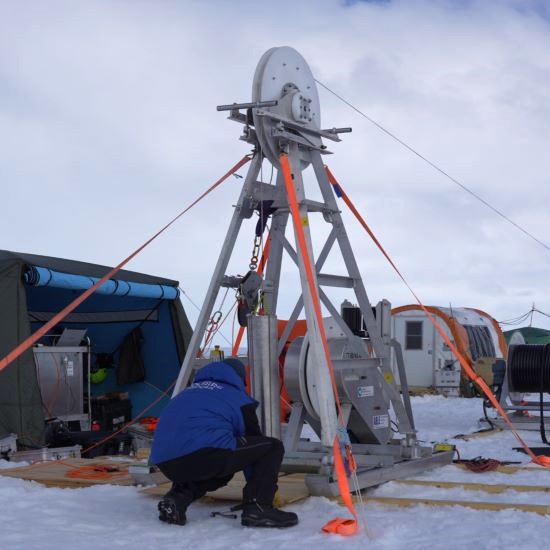
A global challenge: anticipating rising sea levels
Current projections are alarming: by 2100, accelerated melting in the Antarctic could cause the oceans to rise by 2.5 metres. To better understand and anticipate this phenomenon, researchers are working to decipher the interactions between oceans and glaciers. “The idea is to gain a better understanding of what makes these ice shelves fragile and monitoring them more effectively”.
After this first expedition to Antarctica, the team plans to test SWIS in less challenging conditions at the scientific platform on Lake Geneva in 2026-2027, and probably again later during an Arctic expedition.
By documenting the processes involved in melting ice, SWIS and its creators hope to improve our understanding of the perpetual evolution of our planet. This long-term endeavour could well be one of the keys to anticipating the consequences of global warming on a global scale.
*Subsea Water Isotope Sensors
